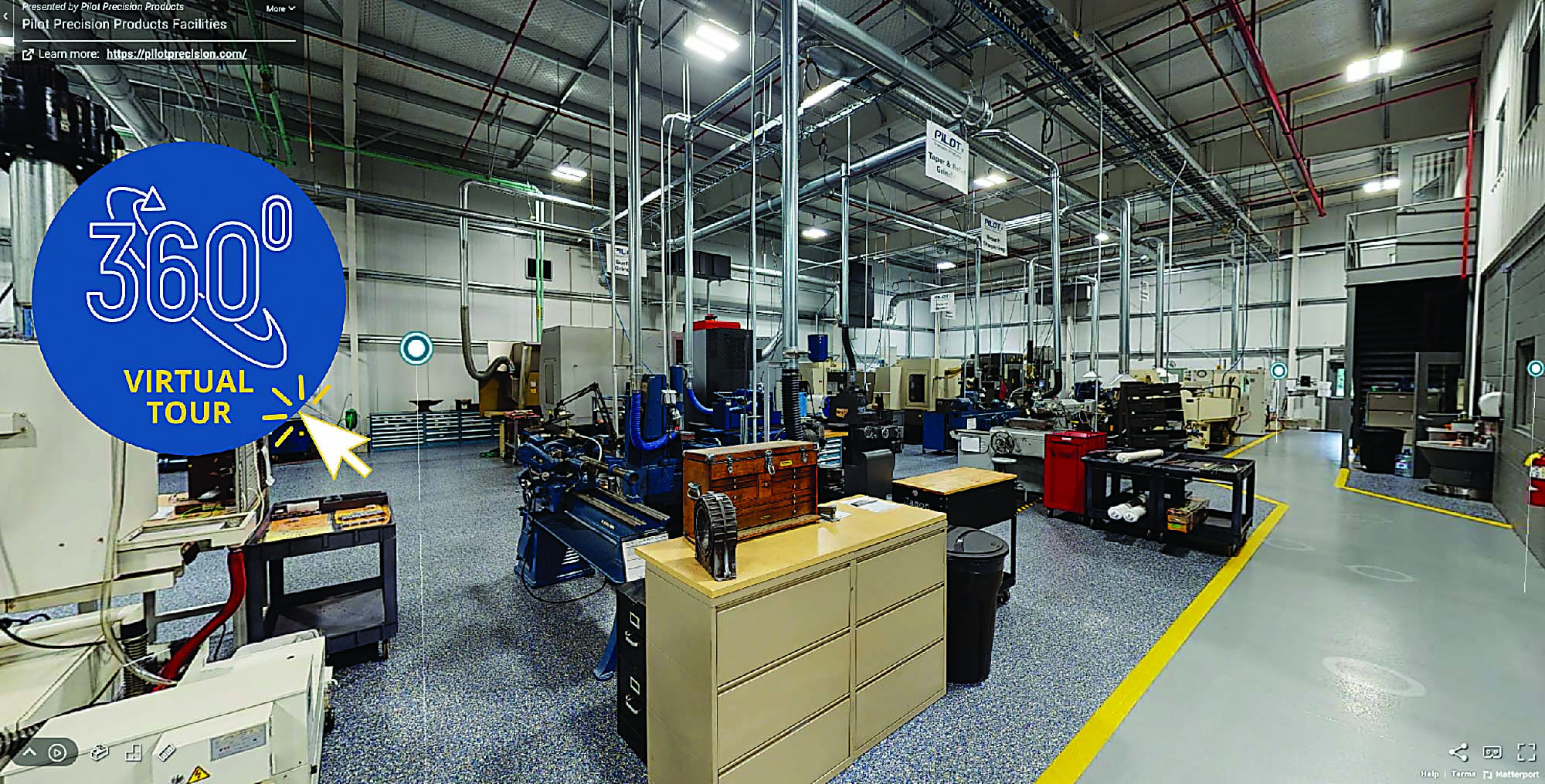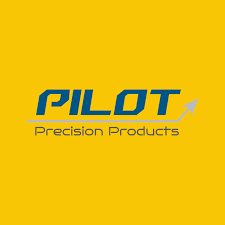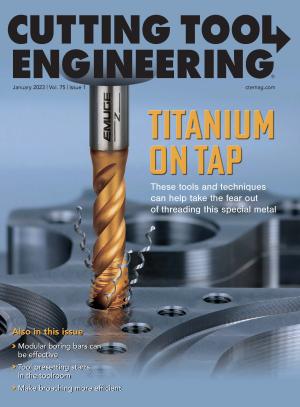In our professional and personal lives, time is the most precious commodity. With the economy continuing to show resiliency for a host of reasons that you’re probably aware of, the amount of time that you have for choosing tooling is possibly inadequate as demand for your products or services remains high. This article will focus on broaching applications, which is our primary area of expertise. However, the concepts apply to other applications, and we hope that these tips will help you make efficient use of your time, as well as human and financial resources.
Tip No. 1: Outsource some of your tooling selection work to qualified partners. As we try to shake off the effects of the pandemic, the manufacturing sector has been leading the way toward economic recovery. We’ve been feeling the wave of higher demand for our products, and I hope that you can say the same.
To best meet increased need for products, it’s necessary to hire qualified technical talent. The challenge, though, is finding individuals with the requisite skills, and it’s even harder to keep them as members of your team because they’re likely to find more challenging and better opportunities elsewhere.
To challenge your team with better work and opportunities to grow, along with overcoming the obstacle of attracting and retaining people with non-core tool selection and application expertise, consider outsourcing that function to a company specializing in that field. You then can use your in-house talent to troubleshoot bottlenecks, which is more challenging and comes with the benefit of moving more parts out the door so every order is on spec, on time and on budget.
For example, one of our customers recently struggled to produce slots in a component used in defense electronics. Historically at the company, broaching was a secondary operation requiring a lot of manual steps and costs. We recommended and demonstrated the use of CNC broaching, eliminating the need for secondary operations.

Tip No. 2: Outsource some of your engineering or programming work to valued partners. Counterintuitive to an old saying, if it’s
working, break it. That’s because always doing the same thing likely will get you to the same place over and over. Sometimes we need critical thinking and to rely on strategic allies to do the heavy lifting, including analyzing problems and finding solutions. It is a formula for success if the relationship is based on reliable data rather than on assumptions, intuition or emotion.
When you do a back-of-the-envelope calculation or a more detailed analysis, you might find that your overall equipment effectiveness — how you’re using your equipment relative to its potential — may be much lower than you thought. It’s human nature to believe that repeatedly doing the same thing and achieving “good enough” results is the best that we can do. I’ve fallen into that trap on multiple occasions, and maybe you have too. I encourage you to stay out of it by:
- Identifying bottlenecks in all aspects of your operations.
- Determining the “cash eaters” on the production line and anywhere else in the company.
- Taking actions to eliminate obstacles by doing things that initially may be unnatural or uncomfortable but can help improve your bottom line, as well as team morale.
For instance, many of our customers have machines capable of using modern CNC broaching tools and processes. But surprisingly, the companies have CNCs or CAM software that does not offer broaching toolpath support. It must be programmed from the ground up, which is time-consuming and ineffective.
Our team came up with an innovative macro that can be shared with engineering teams to speed up the introduction of CNC broaching. The tool is very versatile and works on any machine. As I mentioned earlier, CNC broaching can unlock a tremendous amount of value on a shop floor.
Tip No. 3: Challenge the status quo. Nobody knows everything. Remember the old saying that one plus one equals three? Encourage strategic partners outside the company to think beyond their normal boundaries about how to make your shop more productive and
profitable. Regardless of how far behind the curve that you might be — one or two generations of technology are common in my experience — you have to start somewhere.
Although change can be painful at first, it will be worthwhile in the long run, and you’ll ask yourself, “Why didn’t we do this earlier?” The “this” might be small investments in new holders, new tooling, new CAD/CAM software routines, new macros or new training, all of which can pay off big. If your experiences resemble those that I’ve had at Pilot Precision Products and in “previous lives,” some short-term pain for long-term gain will be worth every penny.
With millions of tool and toolholder references, tens of thousands of machine types and thousands of CAD/CAM software tricks or shortcuts at your disposal, having a knowledgeable, experienced partner outside your company can be a valuable resource.
Augment Tooling Selection and Management
To put those tips in more concrete terms, I invite you to use us as your tooling concierge. Just as a concierge at a fancy hotel assists with making dinner reservations, securing theater tickets and booking sightseeing tours, we complement your expertise by understanding your complex machining applications, comprehending the challenges of those applications, developing custom tooling for your applications, recommending the right broach or other type of tooling, maintaining your tooling inventory and quickly delivering tooling.
Specifically, our applications engineers will look at a 2D or 3D drawing of your part, understand the capabilities of your machines and help you program your job with the best tooling, setups, feeds and speeds. We also leverage our technical knowledge and business relationships to connect customers with respected brands of broaching tools, reamers, microdrills, multifunctional tools and much more.
By delegating those responsibilities to us rather than having your team members use their valuable time, you’ll likely see improvements in productivity, profitability and morale that may have been elusive before.
When it comes to selecting the right tooling, it’s essential to wisely choose your partners. Although buying from a catalog or online might be easy, you’re gambling that your expertise will suffice. Maybe it will, or maybe it won’t. Why take the chance?
Contact Details
Related Glossary Terms
- broach
broach
Tapered tool, with a series of teeth of increasing length, that is pushed or pulled into a workpiece, successively removing small amounts of metal to enlarge a hole, slot or other opening to final size.
- broaching
broaching
Operation in which a cutter progressively enlarges a slot or hole or shapes a workpiece exterior. Low teeth start the cut, intermediate teeth remove the majority of the material and high teeth finish the task. Broaching can be a one-step operation, as opposed to milling and slotting, which require repeated passes. Typically, however, broaching also involves multiple passes.
- computer numerical control ( CNC)
computer numerical control ( CNC)
Microprocessor-based controller dedicated to a machine tool that permits the creation or modification of parts. Programmed numerical control activates the machine’s servos and spindle drives and controls the various machining operations. See DNC, direct numerical control; NC, numerical control.
- computer-aided manufacturing ( CAM)
computer-aided manufacturing ( CAM)
Use of computers to control machining and manufacturing processes.
- recovery
recovery
Reduction or removal of workhardening effects, without motion of large-angle grain boundaries.
- toolholder
toolholder
Secures a cutting tool during a machining operation. Basic types include block, cartridge, chuck, collet, fixed, modular, quick-change and rotating.
- toolpath( cutter path)
toolpath( cutter path)
2-D or 3-D path generated by program code or a CAM system and followed by tool when machining a part.



